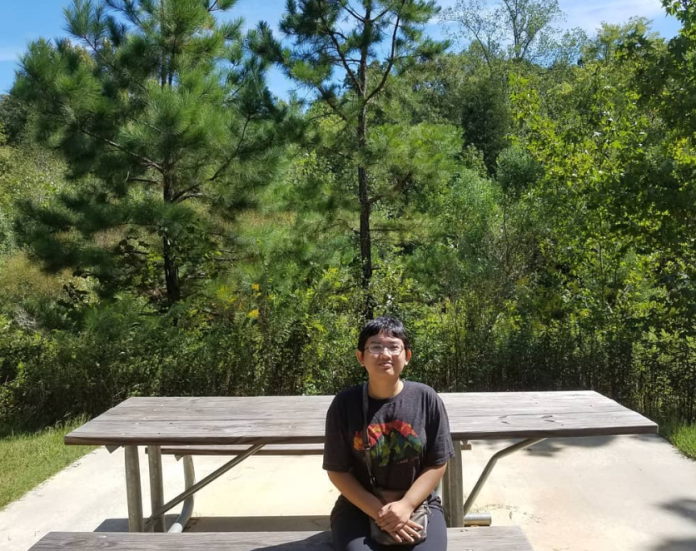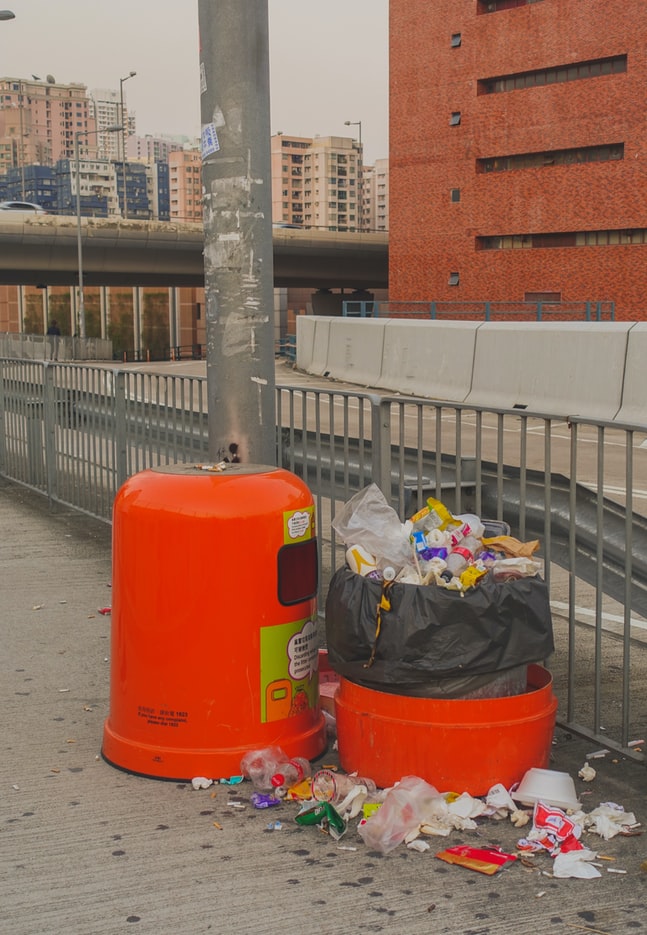
This past spring semester, from March to May 2020, I had the opportunity to take a short class at the Natural Science department of my local community college in Charlotte, NC. This three-credit-hours class was called ALT 120: Renewable Energy and I took it as a part of my Sustainable Technology continuing education certificate. I already have a Bachelor’s degree, but that of course does not stop me from independently learning whatever topics interest me. I happened to have resided in NC for the last five years, thus I have the privilege of gaining cheaper in-state tuition instead of paying the full out-of-state expenses and thus I was very fortunate to be able to finance my education without relying on student loans or taking out debts. Community college is also different from regular four-year universities because they admit everyone as long as they already have a high school diploma or its equivalent. That’s right, the open admission policy means there is virtually no standard test or essay required, as long as you speak good enough English to understand the academic content then you are welcomed to enroll.

My certification in Sustainable Technology, which I plan to complete this December, will give me the knowledge necessary when or if I finally switch careers from freelance translation services and blog writing to environmental science research, sustainability advocacy, or a related industry. In my ALT 120 class specifically, I learned a lot about how to manage waste, both from a municipal or household perspective to state-level and a national perspective. One of the many different ways waste can be managed is by sending them to a landfill and from there the waste can be turned into a source of energy, which can then get turned into electricity. This class I took at Central Piedmont has really opened my eyes to the many different ways to manage waste and helped me to understand the sustainability movement. If you have an interest in studying natural sciences in the United States for your undergraduate degree and aspire to be a professional in a field related to natural sciences, I would recommend Central Piedmont Community College. Read on to hear about my experience in the Sustainability Technology program!

Waste management refers to the study of how waste can be processed after it leaves a house or a building. My lecturer said that, in general, poorer countries generate more food waste while richer countries tend to generate more paper waste despite a movement in many different parts of the world to go paperless. Another key difference in how poor countries and rich countries handle waste is that richer countries can afford incinerators to incinerate garbage, but in poorer countries it is still common to simply burn trash out in the open or dump waste to the rivers. It is better to prevent waste in the first place (think of the popular zero waste movement), but we still live in a society that generates waste through a variety of activities and therefore our next best options are to reduce, reuse, and recycle the waste we make. There is, however, a way to recover and re-purpose the waste we make and turn them into energy, which I will discuss further.

Waste can be separated into organic waste, such as kitchen scraps, and inorganic waste, such as plastic bottles and aluminum cans. Organic waste can be made into compost or fertilizer, although they can also be turned into bio-fuel (more on this later). Meanwhile, inorganic waste can be recycled or reused. Recycling itself can further be broken down into several different types, such as linear closed-loop process and cyclical open-loop process. In a linear process, waste is simply discarded into a dumpster and then picked up by a recycling company to be used to make the same products (for example, bits and pieces of old plastic bottles can be recycled to make new plastic bottles). In a cyclical process, the waste is re-used to produce entirely unrelated products, such as when remnants of plastic bottles are used to make microwave-safe containers, jewelries, utensils for the dining table, or single-use plastic cups. Often, however, a recycling facility might not be available in certain areas and the waste is moved to a landfill, which is essentially a temporary storage to hold the waste.
The unfortunate fact about landfills is that many items put in a landfill take decades to decay. The materials discarded from our homes, offices, businesses, and institutions would pile up and, in case of organic waste, can release toxic substances (also called leachates or percolating water). Luckily, modern sanitary landfills have procedures in place to prevent the leak of toxic substance from decomposing waste. This includes modern technology to turn landfill gas into electricity. This technology is called WTE or waste-to-energy facility, where toxic fumes and chemical emissions are filtered in a big furnace and turned into bio-fuel. WTE can filter aerosols and other gaseous materials. This technology is commonly found in bioreactor landfills, which is a landfill that has been specially designed to produce and manage more gases, such as methane, to be turned into bio-fuel. So, what exactly is landfill gas, how is it produced, and is it safe to turn that into bio-fuel? I will explain below.
Landfill gas, a potent source of methane, is created from the rotting and decomposing municipal solid waste from a city’s landfills. As garbage decays underground, the methane produced by the decaying process can be harvested and channeled to a gas-turbine generator to generate power. It may take anywhere from one to four years before a landfill begins to produce measurable amounts of methane but, once the production of methane peaks, the landfills can continue to produce methane and other greenhouse gases for another twenty to thirty years.
To capture methane before it collects at a dangerously high level and contributes to global warming, all landfills must be equipped with network of pipes. There are several methane collection systems operating across North Carolina, for example Enerdyne Power. After the pipes collect methane, the methane can be utilized for many different purposes, such as powering generators, fueling automotive engines, powering steam turbines, , as well as providing gas to a sewage treatment plant to dry and burn waste sludge or even firing a boiler. In addition to potentially reducing our dependence on fossil fuel and nuclear power and curbing environmental contamination, landfill gas collection industry has helped support local green job development while also allowing utility companies to meet their regional renewable energy production requirements.
Taking a short online course in a local community college has enabled me to pursue my passion without emptying my wallet. The affordable costs of education does not however mean that the quality of education I received suffers. On the contrary, I was able to receive high quality educational instructions and grow a lot, both as a student and a person with dreams and personal goals. I truly recommend the Sustainable Technology program at Central Piedmont and hope that if one day you have the chance to study in North Carolina or in Charlotte specifically, you would consider applying to Central Piedmont Community College.









